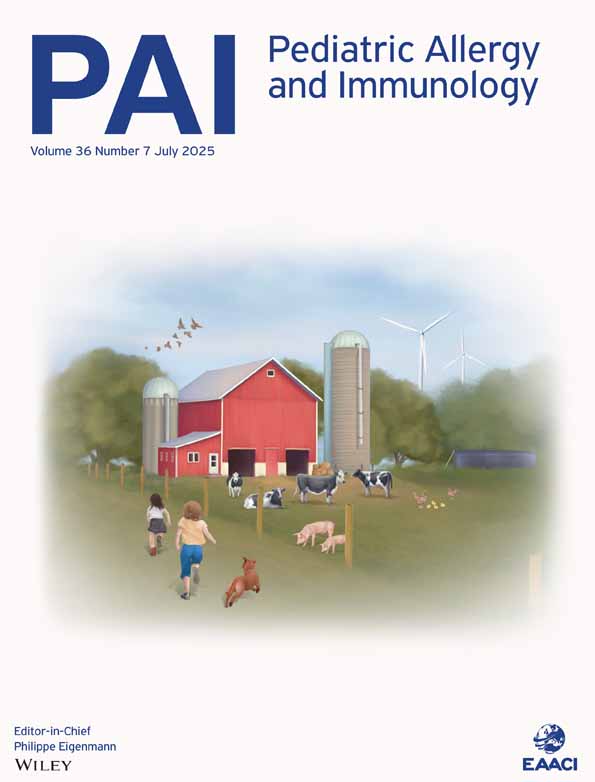Clostridium difficile, atopy and wheeze during the first year of life
Abstract
Differences have been suggested to occur in the composition of intestinal microflora from allergic and non-allergic children. In this study we used a semi-quantitative enzyme-linked immunosorbent assay (ELISA) for the measurement of Clostridium difficile-specific immunoglobulin G (IgG) (CDIgG). CDIgG was excellent in differentiating between adults with or without Cl. difficile colitis (absorbance levels, positive vs. negative controls: geometric mean (GM) 0.301, 95% CI: 0.289–0.314 vs. GM 0.167, 95% CI: 0.155–0.181; mean difference 1.8-fold, 95% CI: 1.65–1.95; p < 0.0001). We used this technique to investigate whether there are any differences between atopic wheezy infants and non-atopic non-wheezy controls. In a prospective cohort study (n = 390) 10 patients were identified at 1 year of age (atopic, history of recurrent wheeze) and matched (gender, month of birth, exposure to Der p 1, Fel d 1 and Can f 1) with a control group of infants (non-atopic, no history of wheeze). The patients had significantly higher Cl. difficile-specific IgG absorbance levels (GM 0.298, 95% CI: 0.249–0.358) compared with controls (GM 0.235, 95% CI: 0.201–0.274; mean difference 1.27-fold, 95% CI: 1.07–1.50; p = 0.01). These results suggest that there may be differences in the composition of intestinal microflora between allergic and non-allergic infants at 1 year of age, with allergic children having higher Cl. difficile IgG antibody levels.




